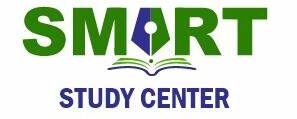The Occupational English Test ( OET) is the English language test directed for healthcare professionals which assesses the language communication skills of healthcare professionals who wish to register and practice in an English-speaking environment.
OET is available for the following 12 professions: dentistry, dietetics, medicine, nursing, occupational therapy, optometry, pharmacy, physiotherapy, podiatry, radiography, speech pathology, and veterinary science.
